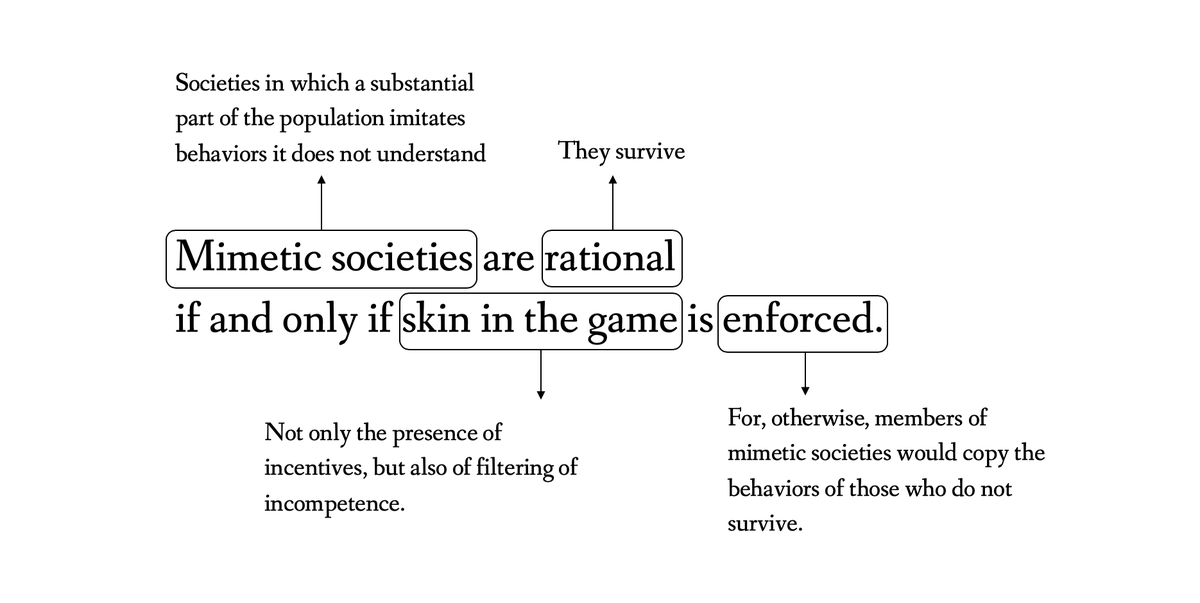Yesterday, I read about a 392-years-old shark
Molson, in the thread below, correctly points out:
- can be studied for longevity BUT
- probably that shark is not that old
1/N
How do we know it is the oldest shark?
We use a carbon dating model
And how do we build the model?
Calibrating it with sharks
BUT
Models created through calibration are imprecise in estimating outliers.
- what about the distribution of isotopes.
- 392 yo makes the distribution large enough to justify the statement that a model calibrated with a few young sharks is imprecise.
You have lower uncertainty on age on a old person than on the oldest.
Now, the more we measure something old, the less we know if the correlations we base the measurement on are correct.
- Yes, studying the elder might provide some insights towards what drives longevity.
- Studying the eldest is much, much trickier. Samples are smaller, uncertainties higher, and conclusions less robust.
More in general, it is probably easier to increase longevity by clipping the left tail of the age distribution than by increasing the right tail IMHO
(explanation 👇)



